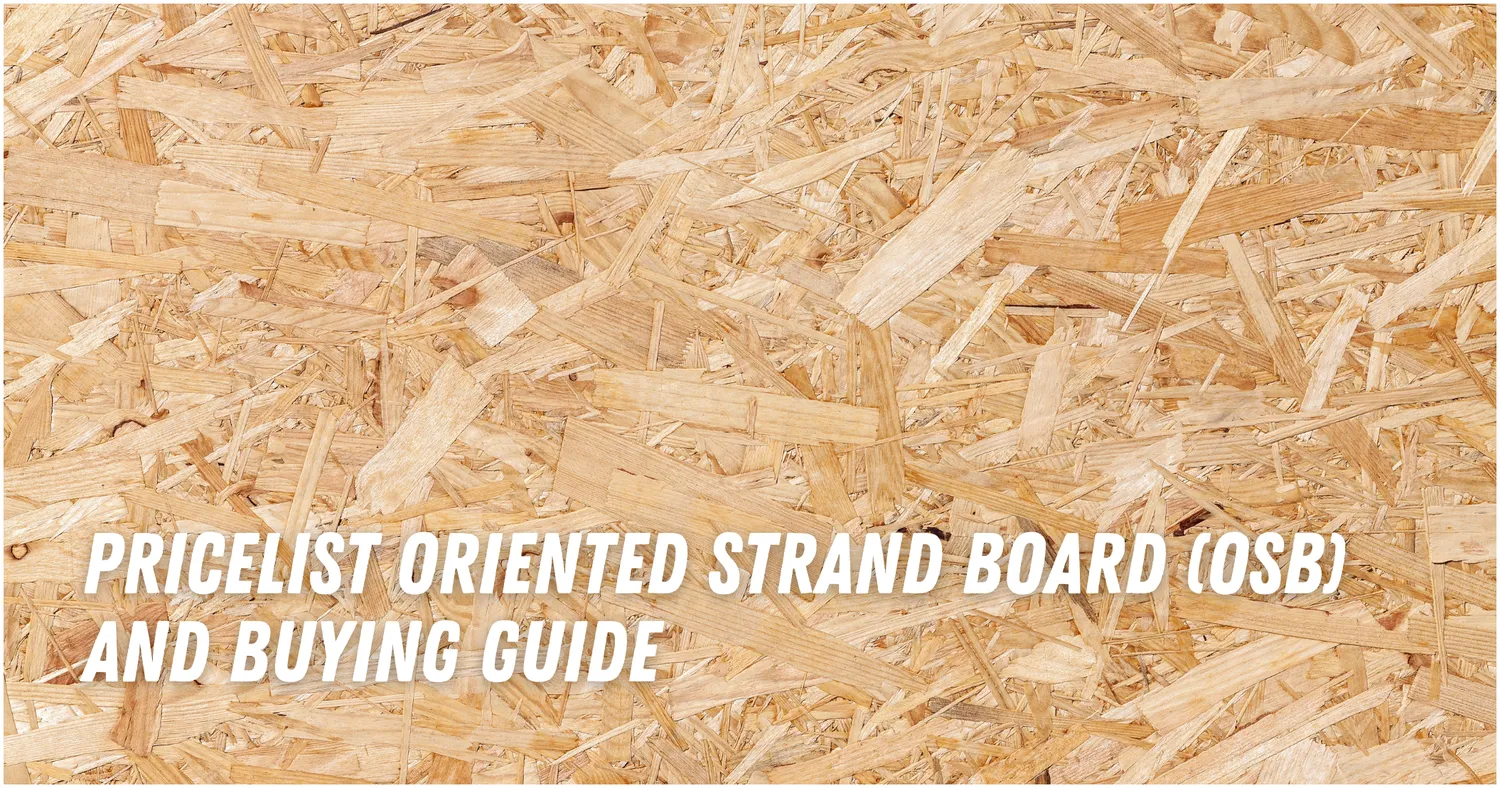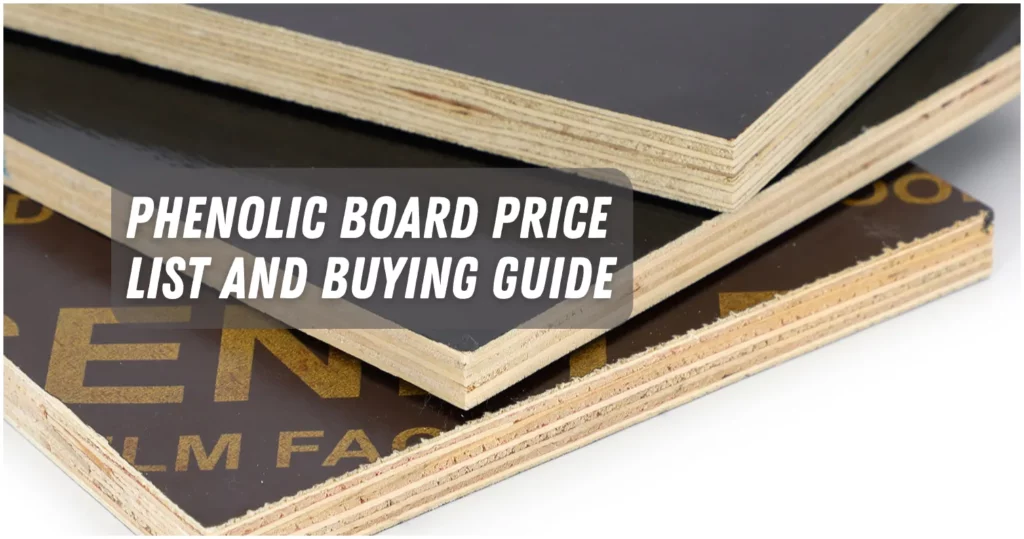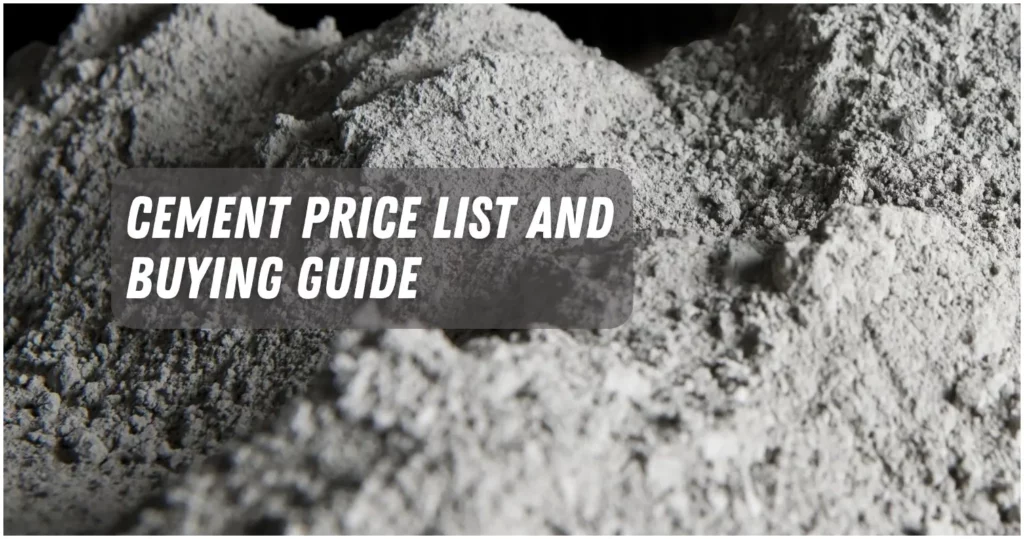Hey there!
This blog post is all about Oriented Strand Board (OSB), which is a type of engineered wood product that’s similar to particleboard and medium-density fibreboard (MDF).
We’ll cover everything you need to know about OSB, from the manufacturing process to its physical and mechanical properties, as well as its advantages and disadvantages.
We’ll also compare it to other materials to give you a better idea of how it stacks up. Our goal is to provide a comprehensive understanding of OSB, including its history, common uses, and what the future holds.
Thanks for reading!
Definition of Oriented Strand Board (OSB)

OSB is a commonly used and adaptable wood panel that is engineered using waterproof, heat-cured adhesives and rectangular wood strands that are arranged in cross-oriented layers. It provides comparable strength and performance to plywood while being able to withstand deflection, warping, and distortion.
OSB was first developed in the United States in the late 1970s as a replacement for plywood. The production of OSB quickly gained popularity due to its lower cost and greater efficiency in manufacturing compared to plywood.
Manufacturing Process
Oriented Strand Board (OSB) is a type of manufactured wood product that is made by compressing and bonding together strands of wood into wide mats. These mats are created from cross-oriented layers of thin, rectangular wooden strips that are coated with wax and synthetic resin adhesives. The adhesive resins used to make OSB typically include urea-formaldehyde, isocyanate-based glue, melamine-urea-formaldehyde, or phenol formaldehyde resin glues.
To create these layers, the wood is shredded into strips, sifted, and oriented on a belt or wire-mesh caul. The layers are then transferred to a forming line and cross-orientated so that the strips on the external layers are aligned to the panel’s strength axis, while the internal layers are perpendicular. The mat is then placed in a thermal press to compress the flakes and bond them by heat activation and curing of the resin that has been coated on the flakes.
Finally, individual panels are cut from the mats into finished sizes. OSB is made in the United States and Canada in large production facilities.
Type of OSB

According to EN 300, there are five grades of Oriented Strand Board (OSB) defined based on their mechanical performance and relative resistance to moisture. The grades are as follows:
| OSB Type | Description |
|---|---|
| OSB/0 | No added formaldehyde |
| OSB/1 | General-purpose boards and boards for interior fitments (including furniture) for use in dry conditions |
| OSB/2 | Load-bearing boards for use in dry conditions |
| OSB/3 | Load-bearing boards for use in humid conditions |
| OSB/4 | Heavy-duty load-bearing boards for use in humid conditions |
Advantages and Disadvantages
Advantages of using OSB
- Cost-effective compared to other wood products
- High strength and stiffness
- Good dimensional stability
- Resistant to moisture and fire
Disadvantages of using OSB
- May not have the same aesthetic appeal as natural wood
- Not as strong as plywood
- May contain formaldehyde or other chemicals that can be harmful to human health
Comparison with Other Materials
Comparison of OSB with Plywood
OSB is generally less expensive than plywood and has similar structural properties. However, plywood has a better appearance and is more resistant to moisture and impact.
Comparison of OSB with Particleboard
OSB is stronger and more durable than particleboard, but particleboard is smoother and more uniform in texture.
Pricelist of OSB in the Philippines
| Brand | Size | Price (PHP) |
|---|---|---|
| Pinnacle OSB Board | 4ft x 8ft | 1,350 |
| USG BORAL OSB Board | 4ft x 8ft | 1,300 |
| Champion OSB Board | 4ft x 8ft | 1,100 |
| DAP OSB Board | 4ft x 8ft | 1,000 |
| El Toro OSB Board | 4ft x 8ft | 950 |
| Rio OSB Board | 4ft x 8ft | 850 |
Conclusion

Summary of key points
Oriented Strand Board (OSB) is an engineered wood product that is made by compressing and gluing together strands of wood. It has several physical and mechanical properties that make it suitable for a wide range of applications, including construction, furniture, and packaging. However, it also has some disadvantages, such as lack of aesthetic appeal and potential health hazards.
Future outlook for OSB
OSB is likely to continue to be a popular building material due to its cost-effectiveness and versatility. Manufacturers are also exploring ways to improve the product’s properties and reduce its environmental impact.
[ratings]

